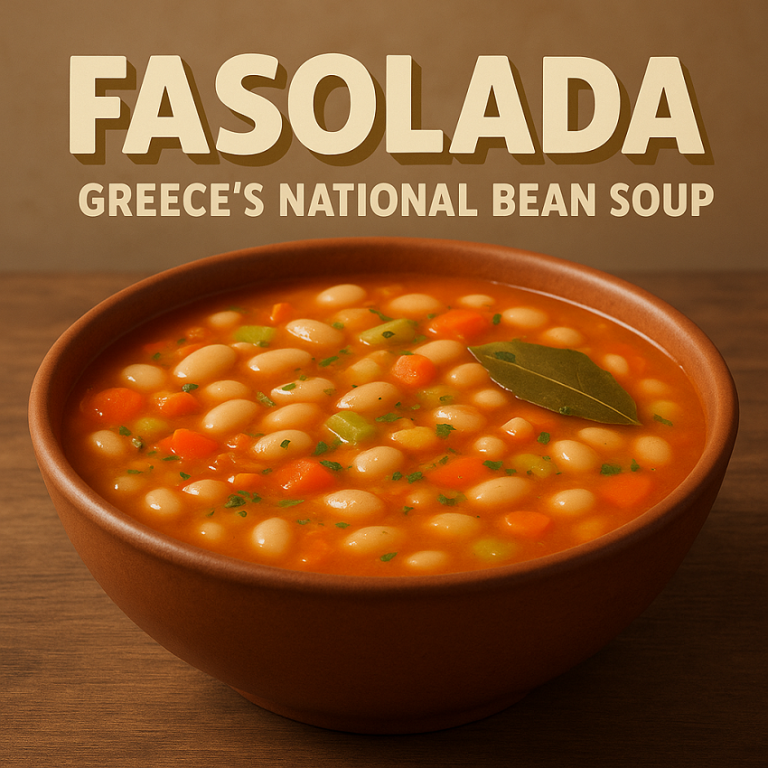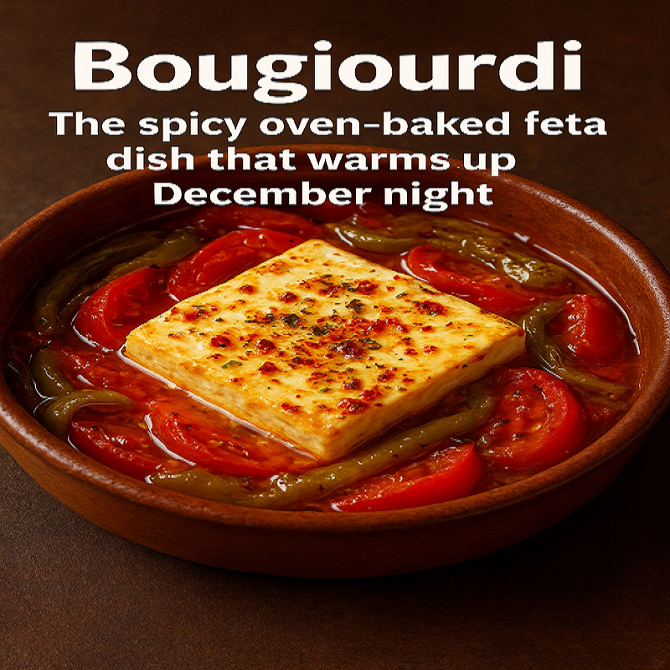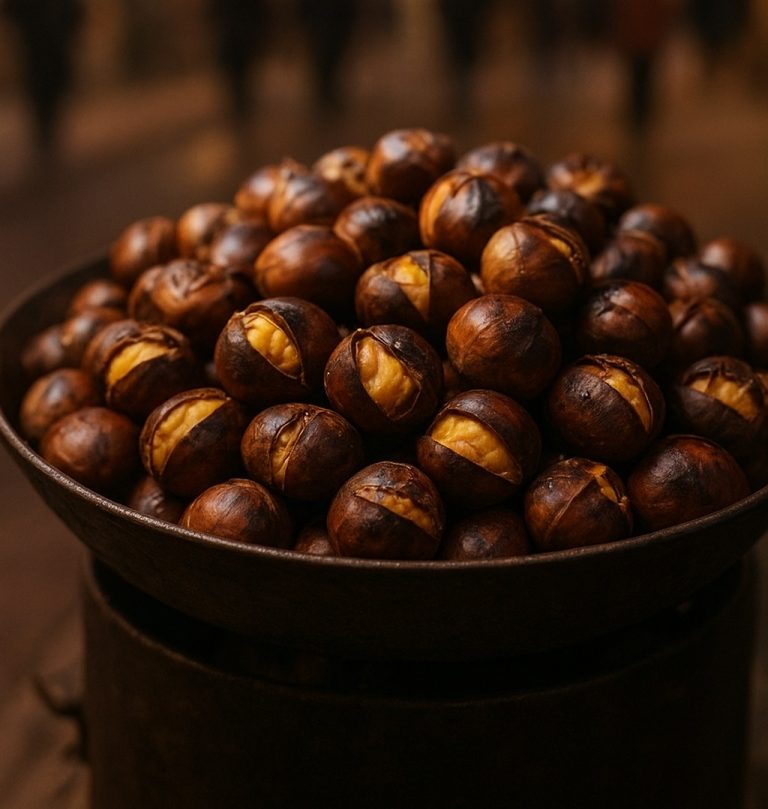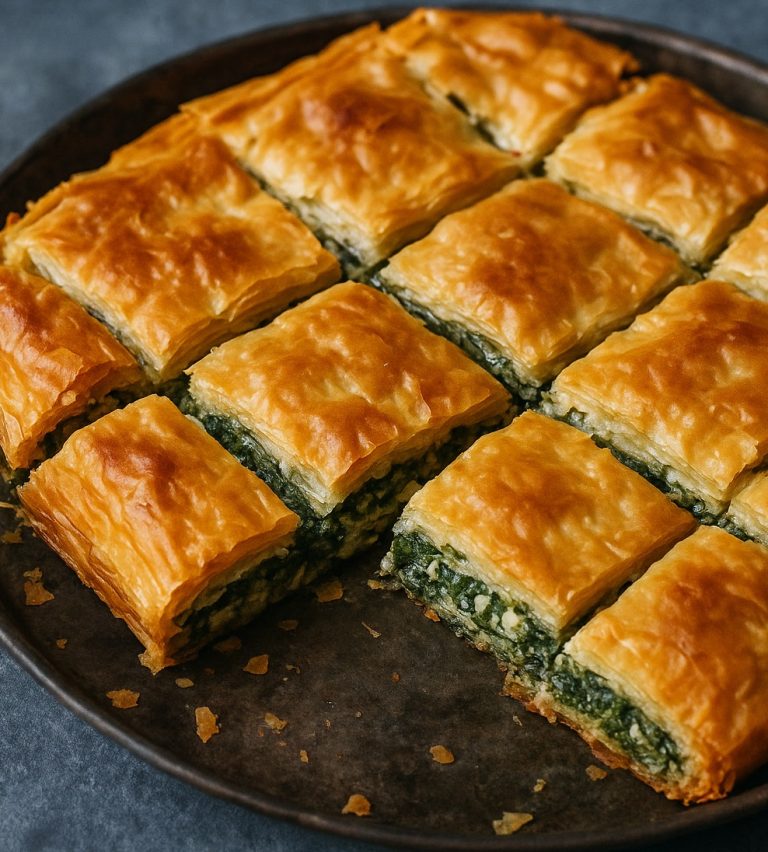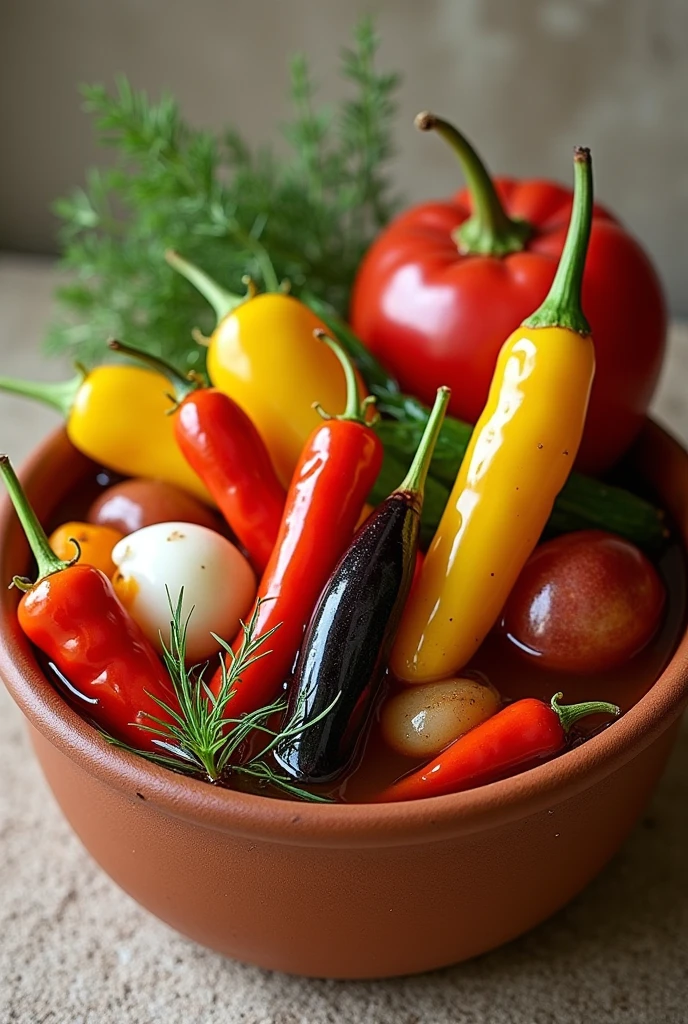
Greek cuisine is renowned for its rich flavors, fresh ingredients, and vibrant dishes that reflect the country’s diverse landscape and cultural history. Among the many culinary treasures of Greece, pickled vegetables hold a special place. These tangy, crunchy delights not only enhance meals but also embody the agricultural bounty and traditional preservation methods of the region. In this article, we will delve deeper into the history, preparation, cultural significance, and various uses of Greek pickled vegetables.
A Brief History of Pickling in Greece
Pickling is an ancient technique used to preserve fruits and vegetables, extending their shelf life while simultaneously enhancing their flavors. The practice can be traced back thousands of years and is deeply rooted in Greek history. Ancient Greeks, much like their neighbors, understood the importance of food preservation to survive harsh winters and safeguard their food supply.
The technique of pickling was embraced for its practicality in an agricultural society where the availability of fresh produce varied by season. Wars, trade, and cultural exchanges have influenced Greek pickling methods over the centuries, leading to a delightful variety of regional recipes.
The Cultural Significance of Pickled Vegetables
In Greek culture, food is more than mere sustenance; it is an expression of love, hospitality, and community. Pickled vegetables symbolize this ethos, often served during family gatherings and festive occasions. They signify the joy of sharing the bounty of the earth and honoring traditional methods of food preservation.
During the grape harvest, for example, it is customary to enjoy pickled vegetables along with freshly pressed olive oil and bread. This communal sharing highlights the connection between winemaking and food, as both practices reflect the rich agricultural heritage of Greece.
Commonly Pickled Vegetables
Greek pickled vegetables are diverse, with various local ingredients found throughout the country. Some frequently used vegetables include:
1. Cucumbers
Cucumbers are perhaps the most famous pickled vegetable in Greece. They are often pickled whole or sliced and flavored with garlic, dill, and vinegar, resulting in a refreshing and crunchy bite. The brined cucumbers serve not only as a side dish but also as a key component of traditional Greek salads.
2. Carrots
Pickled carrots add a sweet and tangy twist to any meal and often feature alongside cucumbers. Spices such as coriander and mustard seeds are sometimes included to enhance their flavor, making them a delightful addition to meze platters.
3. Peppers
Various types of peppers, such as bell peppers, banana peppers, and even hot chili peppers, are commonly pickled in Greece. They are marinated with herbs like thyme and oregano, resulting in a burst of flavor that complements many dishes.
4. Cauliflower
Cauliflower, often pickled along with carrots and peppers, is a popular choice for its crunch and subtle flavor. The combination creates a visually appealing and delicious medley.
5. Beets
Sweet and earthy, beets are a delicious choice for pickling. They are often paired with vinegar and spices like allspice, resulting in a vibrant, sweet-tart condiment that can elevate various dishes.
6. Zucchini
Although less common, pickled zucchini is an equally delightful option. This versatile vegetable can be pickled with a variety of herbs and spices to create a unique flavor profile.
The Pickling Process
The process of pickling vegetables in Greece typically involves several key steps, each contributing to the final product’s taste and texture.
1. Selection and Preparation
Fresh vegetables are selected for pickling, often sourced from local markets or home gardens. They are then thoroughly washed, peeled if necessary, and cut into desired shapes, be it whole, sliced, or speared. Ensuring that the vegetables are free of imperfections is crucial for a successful pickling experience.
2. Creating the Brine
A mixture of vinegar, water, salt, and a selection of spices is prepared for pickling. The brine’s acidity is vital for both preservation and flavor enhancement. Common spices include garlic, black peppercorns, dill, coriander seeds, and bay leaves. The proportions can vary based on personal taste and regional traditions.
3. Packing the Jars
Once the brine is prepared, the vegetables are packed tightly into sterilized jars. This step is critical for effective preservation, as proper sealing prevents any bacteria from spoiling the contents. Garlic, herbs, and spices can be added between layers of vegetables to infuse more flavor into the final product.
4. Pouring the Brine
The hot brine is poured over the packed vegetables, ensuring they are completely submerged. This step is essential to prevent spoilage and achieve the desired pickled flavor.
5. Sealing and Storing
After filling the jars, they are sealed tightly and stored in a cool, dark place, such as a pantry or cellar. The pickled vegetables need time to marinate, usually ranging from
